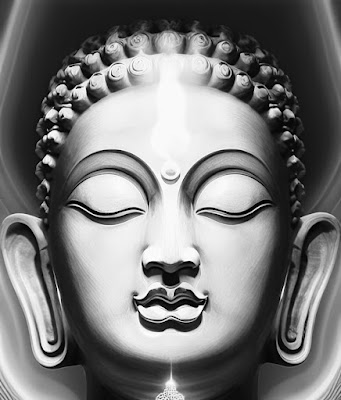"Unlocking Inner Harmony: The Key to Fearless Exploration of Life's Dimensions"

Vairagya Fundamentally, Sushumna possesses no inherent attributes; it lacks qualities, much like empty space. Just as an empty space allows the creation of anything, Sushumna, too, serves as a canvas for energy. When these energies merge within Sushumna, a state known as Vairagya is said to be attained. The term "Raga" refers to the idea of color or attachment, while "Vairag" signifies colorlessness or transparency. Through Vairagya, one becomes akin to transparency itself – much like a background that reflects the colors behind it. Whether the backdrop is red, blue, or yellow, one assimilates seamlessly, devoid of bias. This impartial nature enables a harmonious alignment with one's surroundings, yet nothing adheres. This state of being allows for boundless exploration of life's dimensions while residing in the present. At present, you may possess a rea...



